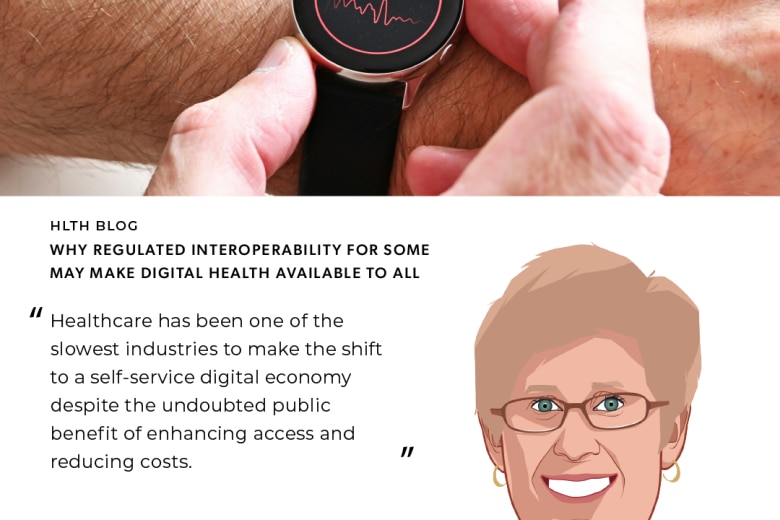Lately it seems we’ve all been invited to an engagement party – not for a pair of lovers, mind you, but an invitation to become engaged in our own health and wellness. As I speak with individuals, meet with organizations, and read research studies and policy documents, I encounter widespread celebration of the benefits accruing from an engaged citizenry.
Most recently, I was in London participating in the eHealth Week conference. The current NHS England Five-Year Forward View specifically articulates citizen and patient engagement and empowerment as critical objectives for the next five years.
This is consistent with U.S. health policy objectives built into the Affordable Care Act and with the goals of organizations like the Society for Participatory Medicine. It reflects the aims we hear articulated by customers and other healthcare organizations around the world. It aligns with preliminary data we have seen from a study recently conducted by HIMSS Analytics, the results of which will be released this spring.
But it has also got me thinking: just why are we so excited about this proposed engagement? And why now?
I believe the answer lies in several converging forces.
- Philosophical – I’ve not looked up any formal research studies, but it seems to me we have reached something of an attitudinal tipping point in favor of the healthcare consumer. It could be characterized as a shift from “just trust me, I know what I’m doing” to “nothing about me without me.” Many healthcare providers are actively investing in partnerships with patients. For example, e-Patient Dave, a global patient engagement advocate is the 2015 Visiting Professor for the internal medicine residency program at the Mayo Clinic. Transparency may not yet be what it should be, but few now question the citizen’s right to information about healthcare quality, safety and cost and about his or her options for care. And the right to access and control one’s own health records is widely protected by policy and laws, if not always in practice.
- Technical – Engagement is not primarily an information technology issue, but IT is widely perceived as an enabler. In fact, in many U.S. integrated delivery networks (IDNs), where achieving Meaningful Use goals is a critical financial requirement, a patient portal project is the most visible element of their patient engagement strategy. The rapidly increasing digitization of health records, combined with enhanced interoperability and connectivity, make it possible to present a comprehensive health record to a patient in a meaningful way through an online portal. Combine that with convenience features like prescription refills and online scheduling, with relevant reference materials, and with virtual visits to reduce the need for time away from work, and portals begin to look like potent patient engagement facilitators.
- Financial – Globally, health systems are looking for ways to deliver safe, high-quality care at lower costs. This is true whether, like the NHS, they are trying to ensure a financially sustainable publicly funded care model, or, like U.S.providers, they are increasingly at risk for the cost of care under a value-based payment model. There is a widespread belief that engaged patients will be more likely to comply with treatment recommendations and will pursue healthy behaviors leading to lower health service utilization. While the actual evidence of this is still sparse, there are some promising studies such as a recent Health Affairs piece to support the concept. Similarly, health systems looking to drive care to the lowest intensity setting see self-management as the best of all population health management strategies.
With so much going for it, the patient engagement celebration ought to go on for long time. And indeed it may.
Not surprisingly though, some of those at the party are also predicting a short-lived and unhappy union. They point to ever-increasing rates of behavior-related chronic conditions across the globe that belie interest on the part of patients. They look at care coordination and wellness programs that are governed by short-term incentives. They look at portals with low adoption levels, simplistic functionality, and siloed data, and see little to retain interest beyond the initial spark.
At the risk of over-working my metaphor, I’ll challenge the cynics with one final thought. Successful relationships don’t just happen. They require consistent investment, creativity, and commitment. The cynics are right in one sense: activating the patient portal supplied with an EHR and getting enough logins to qualify for the relevant Meaningful Use measures doesn’t result in an engaged population.
Signing up for a community-wide software license doesn’t create Joined-Up Care. But I talk to lots of folks who ARE willing to work at it. They recognize that only when we push through to provide real value to our citizens will we begin to see the kind of engagement worth celebrating.




































